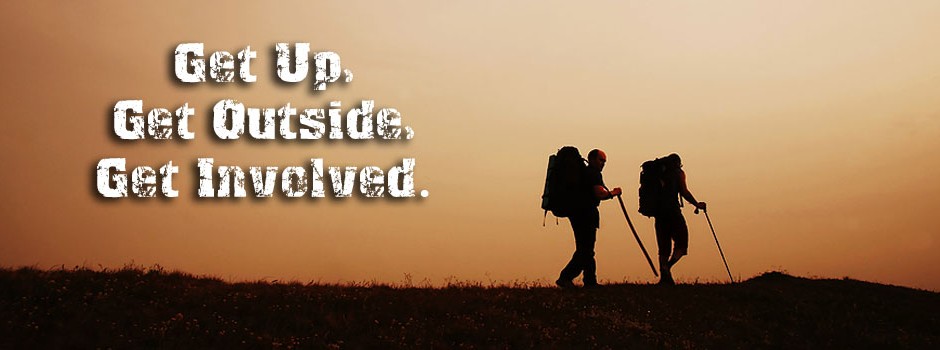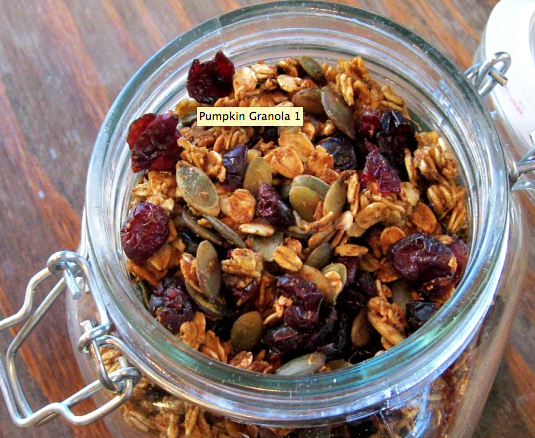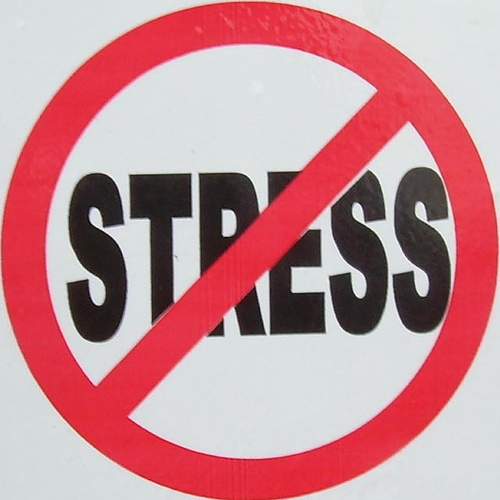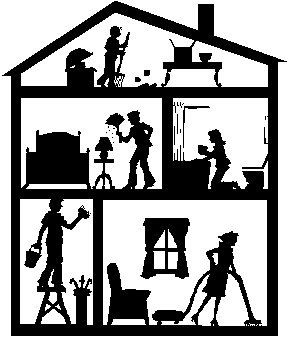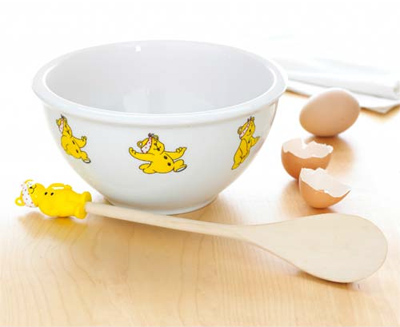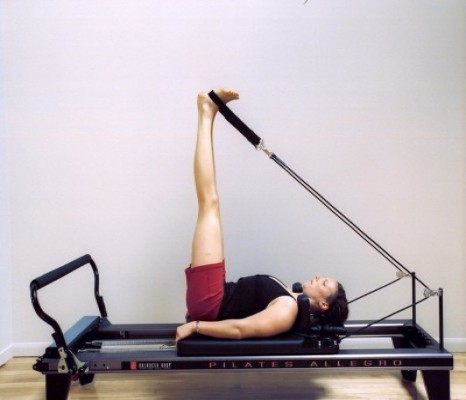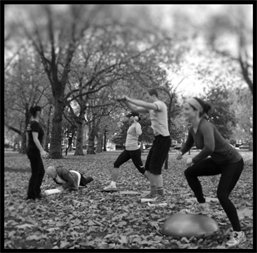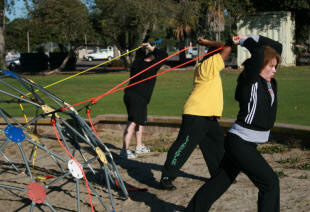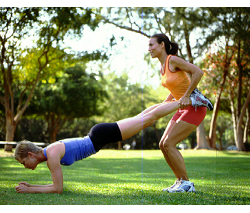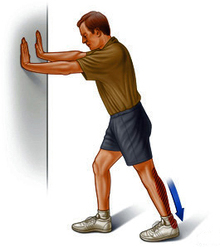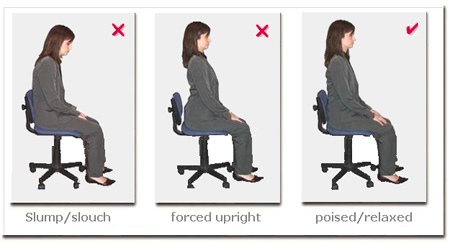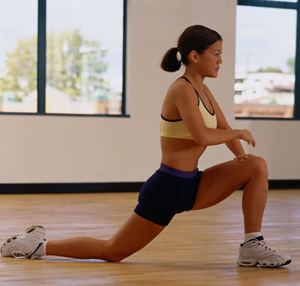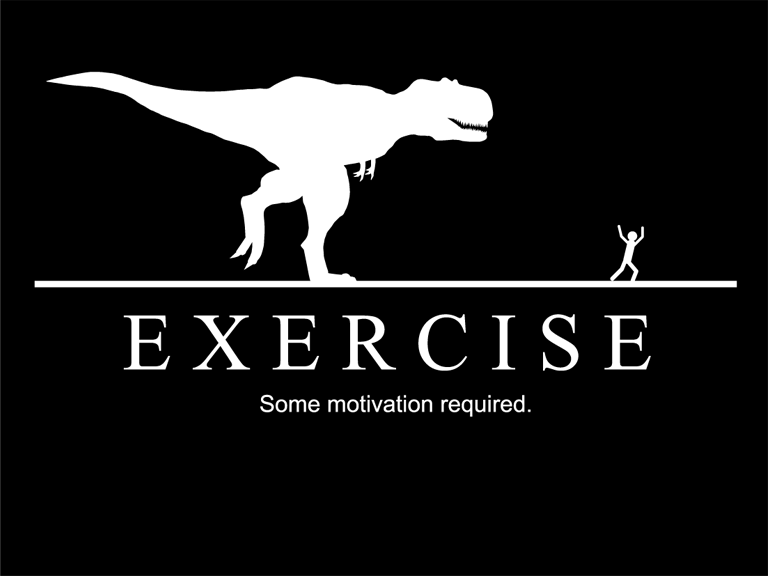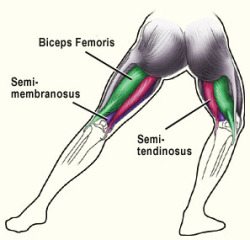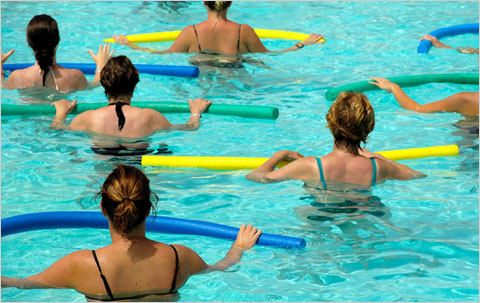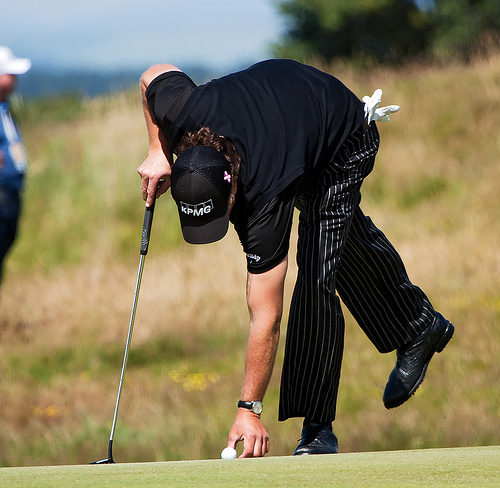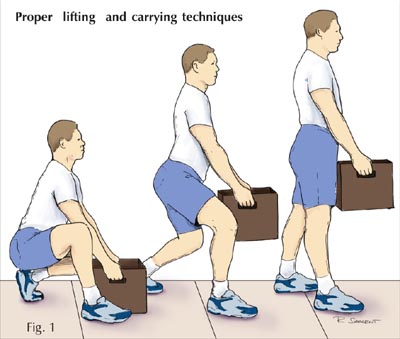The upcoming Grey Power Hour: Personalized 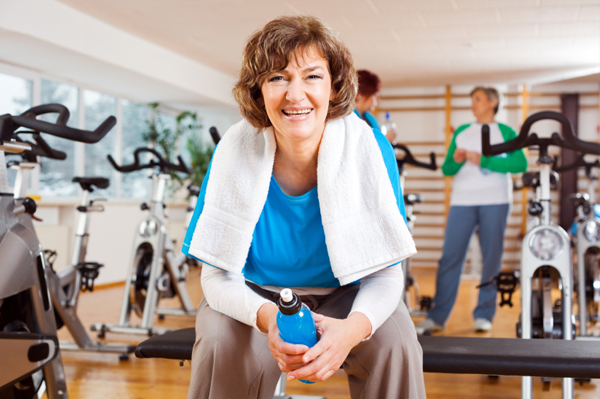 Training at Group Rates (both for men and women) will be held at the YWCA, here in Vancouver, BC. We will be using both the Cardio Room along with the quieter gym setting. The Cardio Room equipment is best for both the warm-up phase of the session and the cardio endurance portion of the class. The quieter gym setting has all the equipment needed for the strength and flexibility training portions.
Training at Group Rates (both for men and women) will be held at the YWCA, here in Vancouver, BC. We will be using both the Cardio Room along with the quieter gym setting. The Cardio Room equipment is best for both the warm-up phase of the session and the cardio endurance portion of the class. The quieter gym setting has all the equipment needed for the strength and flexibility training portions.
The first session will focus on individual assessment and meeting the other members of the group. Filling out the Y’s Consultation Form and a Jody’s Fitness Health Questionnaire, setting your goals for the six-week session and using some simple and quick additional body assessment tools will take about an hour.
The next five sessions will be a mix of an extended warm-up, use of cardio equipment – in more of a gentle way to increase aerobic endurance than you may be used to, resistance training using free weights to increase strength – maybe in a more functional way than you might be used to and some light stretching.
Session themes will allow you to focus on one thing at a time when doing your exercise. For example, one session will center on remembering to use good posture while seated or standing doing aerobic activity, using the resistance equipment - even while stretching. My job will be to give individual and group verbal cues to help you remember.
At the end of each 45-minute exercise session there will be time to ask lifestyle questions in a group setting.
The program, although targeted towards older adults, is also for any person whose body requires more care and attention while exercising.
I have had a wonderful time developing this training format, using the latest information available and tailoring it to this demographic. This is an exciting time to be an older adult in the area of health and wellness. It’s an opportunity to start doing age appropriate exercise to help you best physically navigate the next stage of your life.


